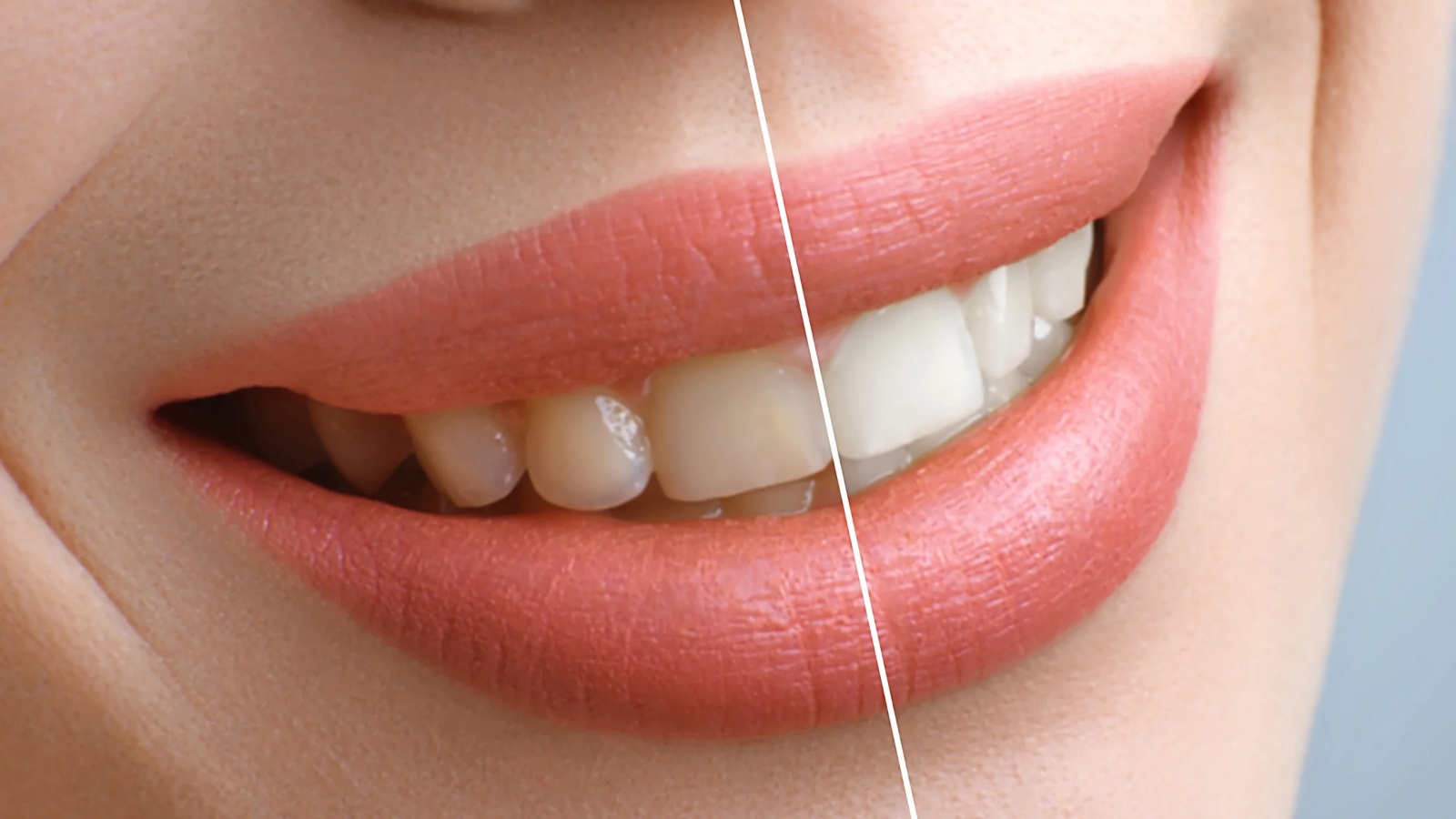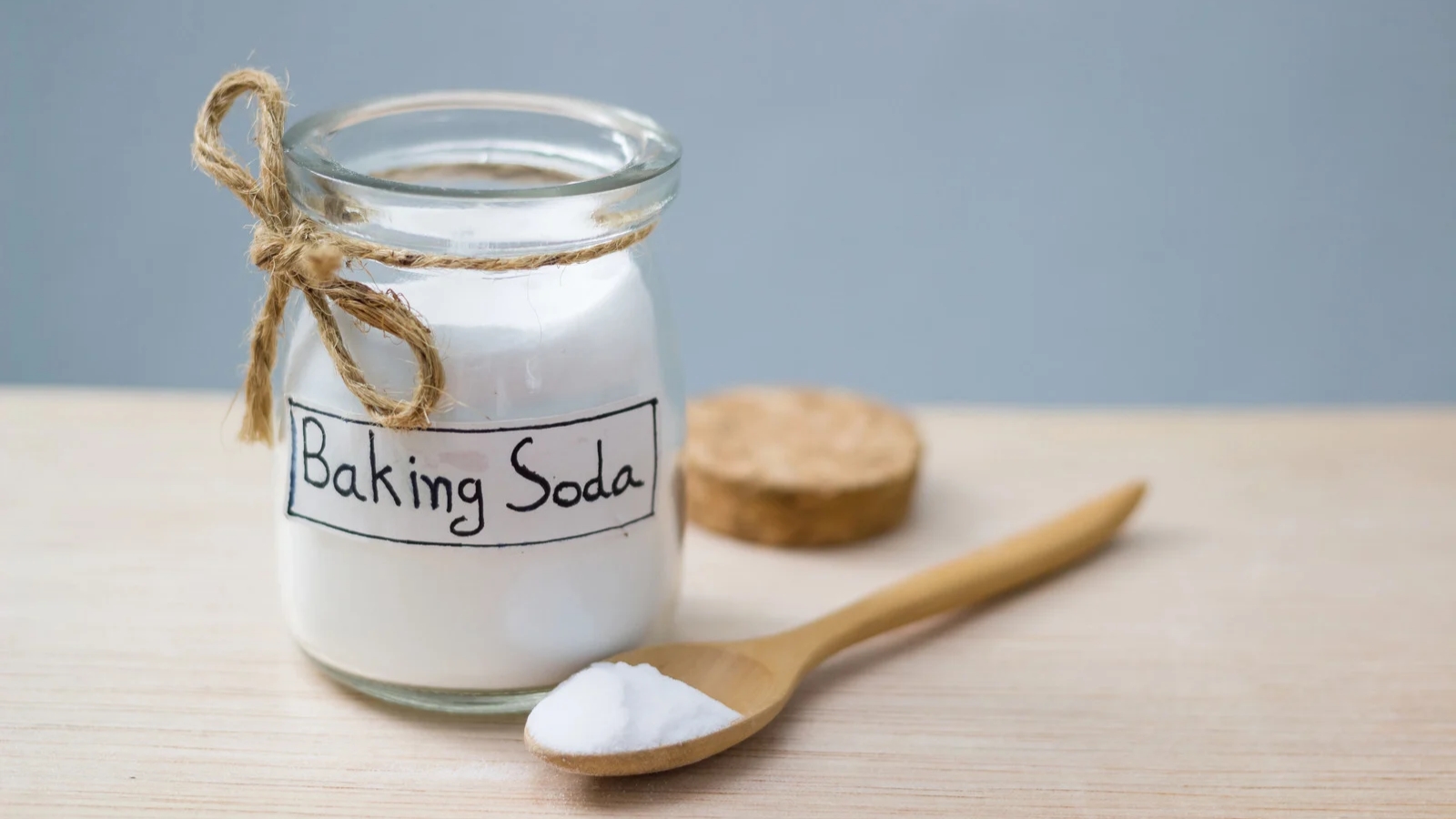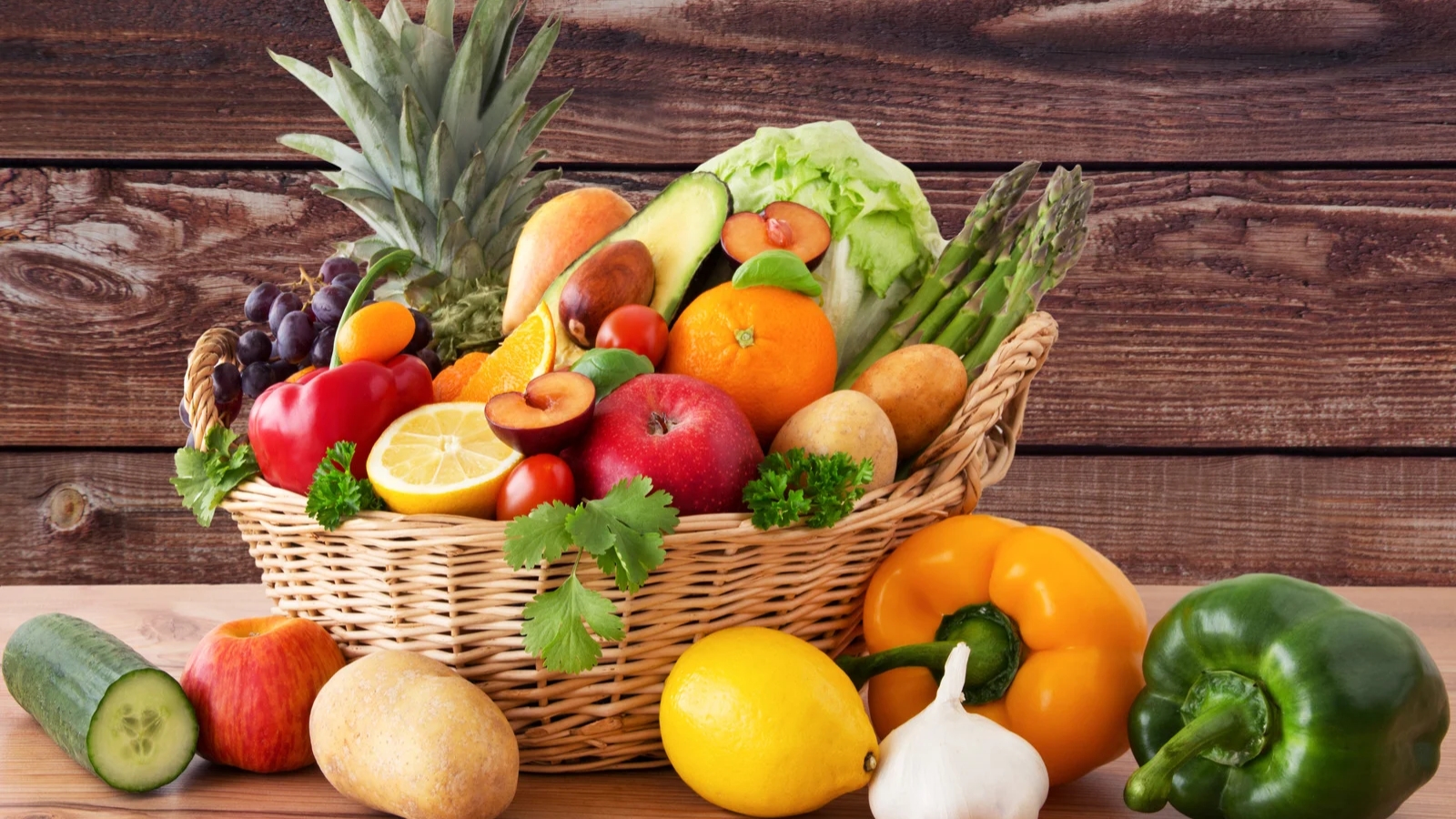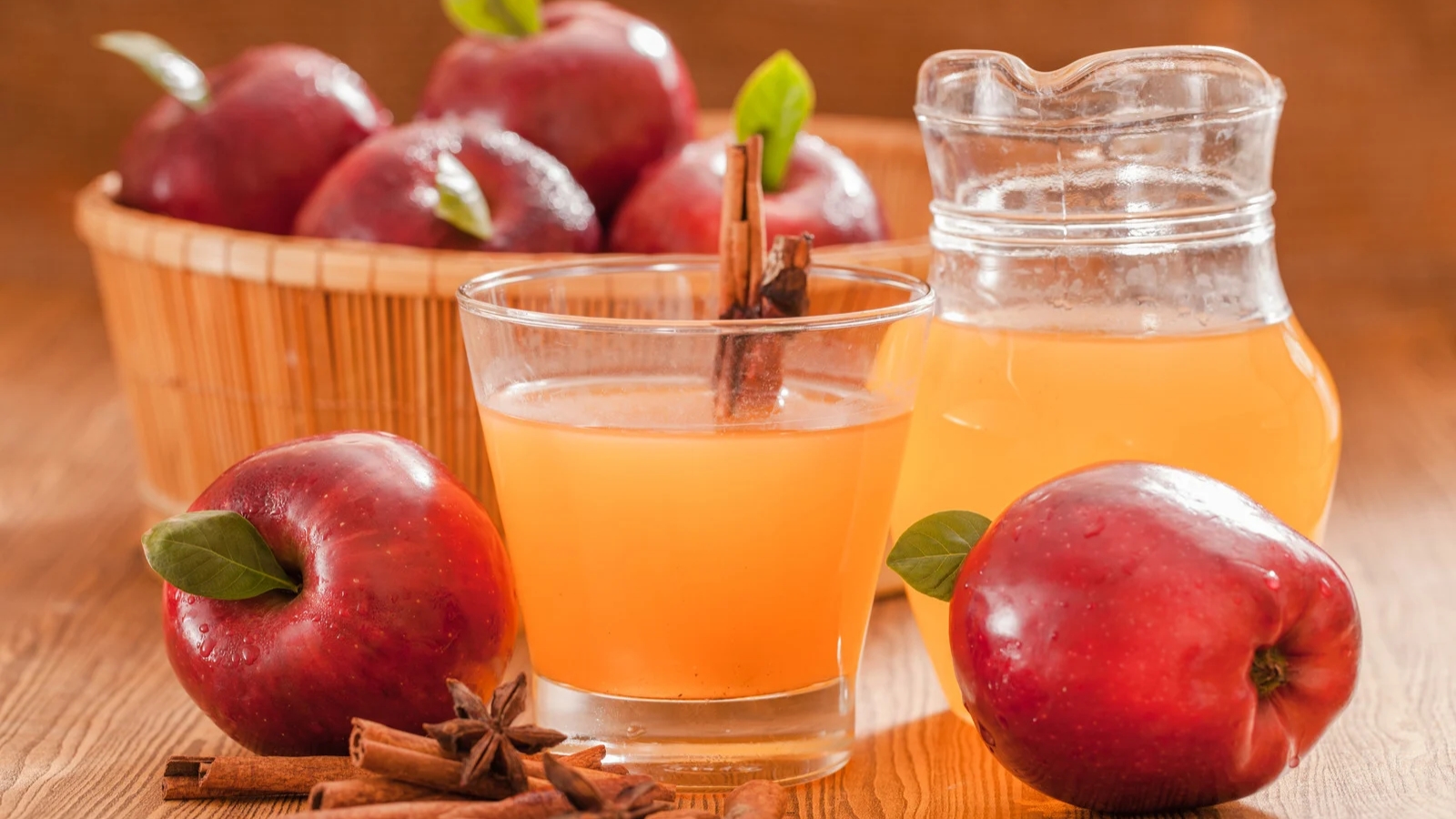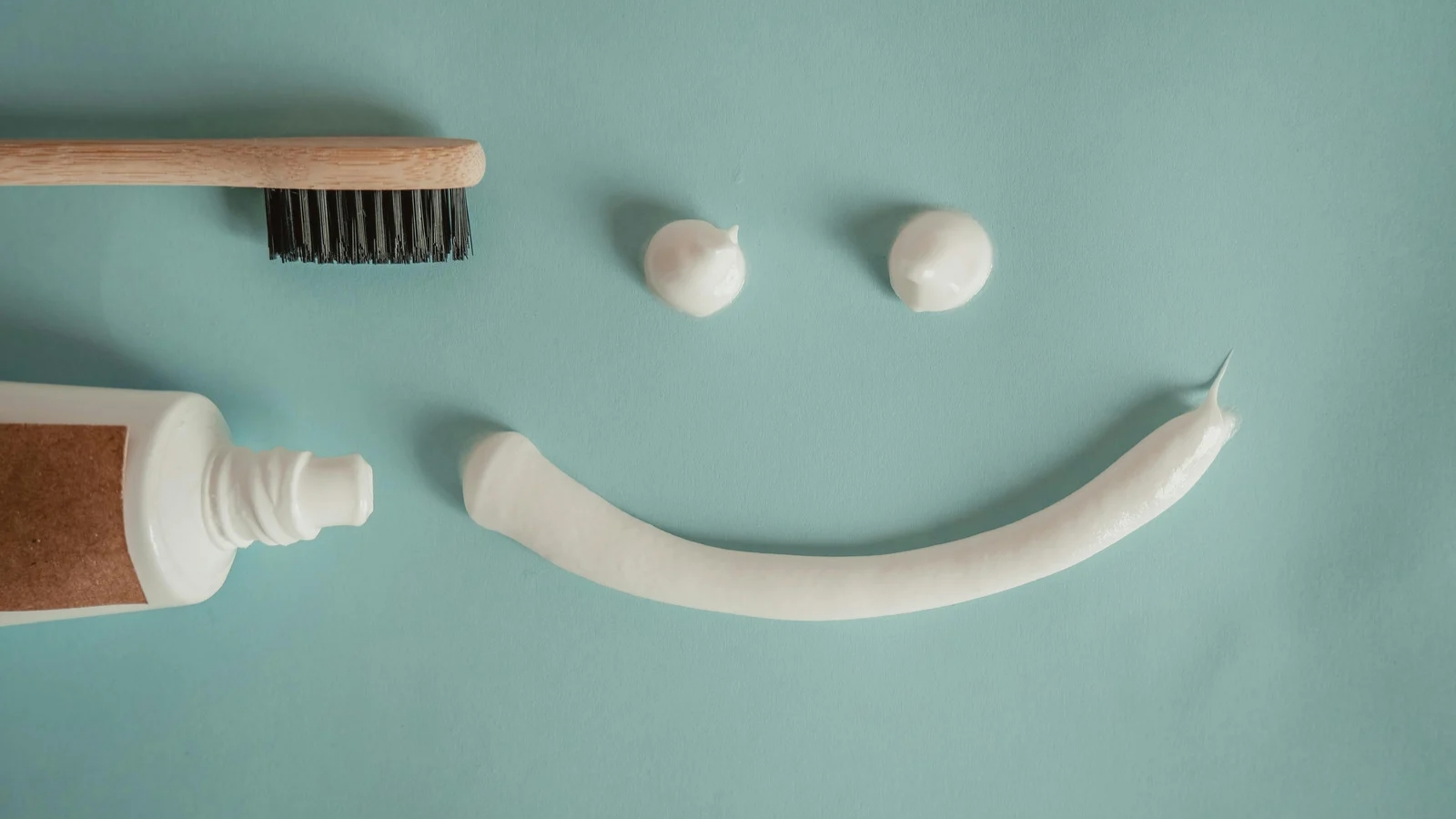Whitening your teeth at home without strips is possible with a few consistent habits and natural alternatives. These methods help remove surface stains and prevent discoloration without relying on commercial whitening products. If you’re looking for simple, low-cost ways to improve your smile, this guide will walk you through the most effective techniques you can start today.
You’ll learn how everyday household items and small lifestyle changes can make a noticeable difference. This article covers ten natural methods, diet tips, and daily routines that support a whiter, brighter smile.
What Causes Teeth to Lose Their Whiteness
To understand how to whiten your teeth at home, you need to know what causes them to stain. Teeth discoloration happens gradually and can be linked to several lifestyle habits.
The most common causes include:
- Drinking dark-colored beverages like coffee, tea, and red wine
- Smoking or chewing tobacco
- Poor oral hygiene
- Eating foods high in sugar or acid
- Age-related enamel wear
These factors allow pigments and residue to stick to the enamel, making teeth appear yellow or dull over time. By avoiding these triggers and applying the proper cleaning techniques, you can reverse surface staining.
1. Brush with Baking Soda
Baking soda is a common ingredient in many whitening toothpastes. It works as a mild abrasive that gently scrubs away surface stains. Using it a few times per week can help polish your teeth and restore brightness.
To use baking soda safely:
- Mix a teaspoon of baking soda with a few drops of water to form a paste
- Apply it to your toothbrush
- Brush for one to two minutes
- Rinse thoroughly with water
Don’t use this method daily, as overuse can wear down enamel. Limit it to two or three times per week to avoid damage while still seeing results.
2. Oil Pulling with Coconut Oil
Oil pulling is an old method that involves swishing oil around your mouth to clean your teeth and gums. Coconut oil is often used for this due to its pleasant taste and natural antibacterial properties.
To try oil pulling:
- Take a tablespoon of coconut oil
- Swish it in your mouth for 10–15 minutes
- Spit the oil into a trash can, not the sink
- Rinse your mouth with water, then brush as usual
This process may help reduce plaque, which can make teeth look cleaner and whiter. The results won’t be instant, but with regular use, your teeth may look brighter over time.
3. Use Hydrogen Peroxide Safely
Hydrogen peroxide is a bleaching agent found in many whitening products. In low concentrations, you can use it at home to help whiten teeth. Always use a diluted version to protect your enamel.
How to use hydrogen peroxide:
- Mix equal parts of 3% hydrogen peroxide and water
- Swish the solution in your mouth for 30–60 seconds
- Spit it out and rinse your mouth with plain water
- Brush your teeth after rinsing
Do not swallow the solution. Limit this method to a few times per week. Overuse can lead to tooth sensitivity and gum irritation.
4. Eat Crunchy Fruits and Vegetables
Raw fruits and vegetables can help clean your teeth while you eat. Their crunchy texture scrapes off surface stains and boosts saliva flow, which naturally washes away debris and bacteria.
Try adding the following to your diet:
- Apples
- Celery
- Carrots
- Cucumbers
These foods don’t bleach teeth, but can support a cleaner mouth. The increased chewing also stimulates saliva production, which neutralizes acids and keeps your enamel strong.
5. Avoid Foods That Stain Teeth
Some foods and drinks are known to cause stains. By limiting your intake, you can reduce the risk of discoloration and maintain whiter teeth.
Common staining foods and drinks include:
- Coffee and black tea
- Red wine
- Soy sauce
- Tomato-based sauces
- Berries and beetroot
If you do consume them, rinse your mouth with water afterward or brush your teeth within 30 minutes. Using a straw for beverages can also reduce contact with your teeth.
6. Try Activated Charcoal
Activated charcoal is a fine black powder that some people use to remove stains from teeth. It works by binding to substances on the surface of the teeth and pulling them away as you rinse.
To use it safely:
- Wet your toothbrush and dip it into the charcoal powder
- Gently brush your teeth for one to two minutes
- Rinse thoroughly with water
This method should be used sparingly. The abrasive nature of charcoal can wear enamel if overused. Try it once a week and monitor your results.
7. Practice Good Oral Hygiene
No whitening method works if your basic dental care is poor. Daily habits are key to keeping your teeth clean and bright. Focus on keeping your mouth free from plaque, food particles, and harmful bacteria.
Here’s what you should do every day:
- Brush at least twice a day with a fluoride toothpaste
- Floss once a day to remove buildup between teeth
- Use an alcohol-free mouthwash
- Replace your toothbrush every 3–4 months
Regular dental visits are also important. A professional cleaning can remove plaque and tartar that brushing at home can’t reach.
8. Rinse with Apple Cider Vinegar
Apple cider vinegar has natural bleaching effects due to its acidity. Though effective, it must be used cautiously to avoid enamel erosion.
To try it:
- Dilute one teaspoon of apple cider vinegar with half a cup of water
- Swish in your mouth for 30 seconds
- Rinse thoroughly with plain water
Please do not use it daily. Once or twice a week is enough. Always follow up with brushing to prevent acid from weakening your enamel.
9. Limit Sugar and Acidic Foods
Foods high in sugar and acid feed bacteria that cause plaque and enamel erosion. Over time, this damage can darken your teeth and lead to cavities.
To protect your teeth:
- Reduce sugary snacks and sodas
- Avoid citrus fruits in large amounts
- Drink plenty of water to rinse your mouth after eating
- Eat calcium-rich foods to strengthen enamel
These steps won’t whiten teeth instantly, but they help prevent further staining. Over time, your smile will appear cleaner and healthier.
10. Use Whitening Toothpaste Without Harsh Chemicals
Many whitening toothpastes use abrasives or bleaching agents that can wear down your enamel. Look for gentle whitening formulas that use safe ingredients like baking soda or low-dose hydrogen peroxide.
Choose a toothpaste that:
- Is free from artificial dyes
- Has fluoride for enamel protection
- Contains natural whitening agents
- Is approved by dental associations
Using a gentle toothpaste daily can help remove stains without damaging your teeth.
Conclusion
You don’t need strips or harsh treatments to whiten your teeth at home. Simple daily habits, along with natural methods like baking soda, coconut oil, and diet changes, can lead to noticeable improvements over time.
Stick with a consistent oral care routine and limit foods that stain your teeth. With patience and regular effort, your smile will stay bright and healthy without expensive treatments.

